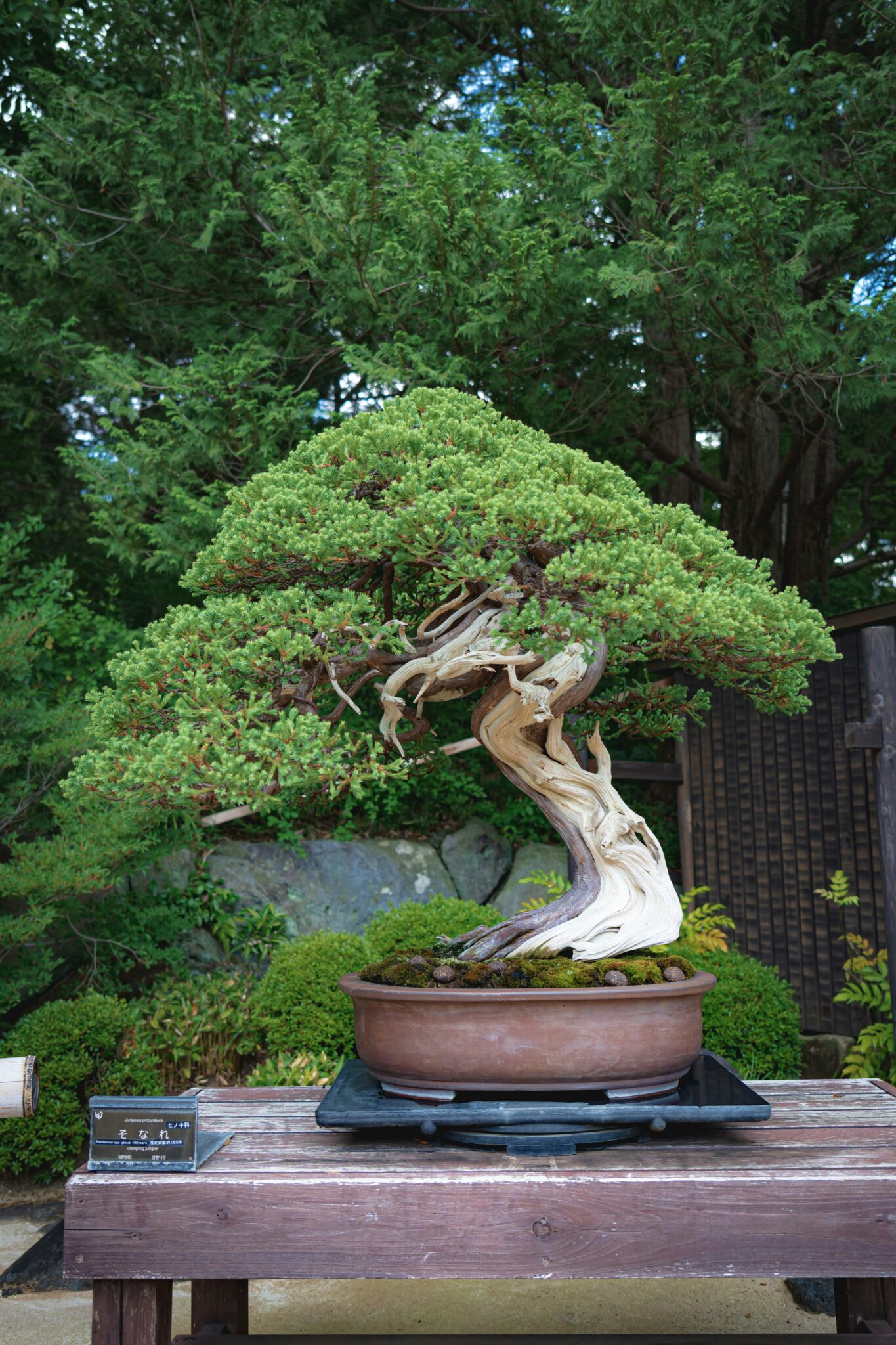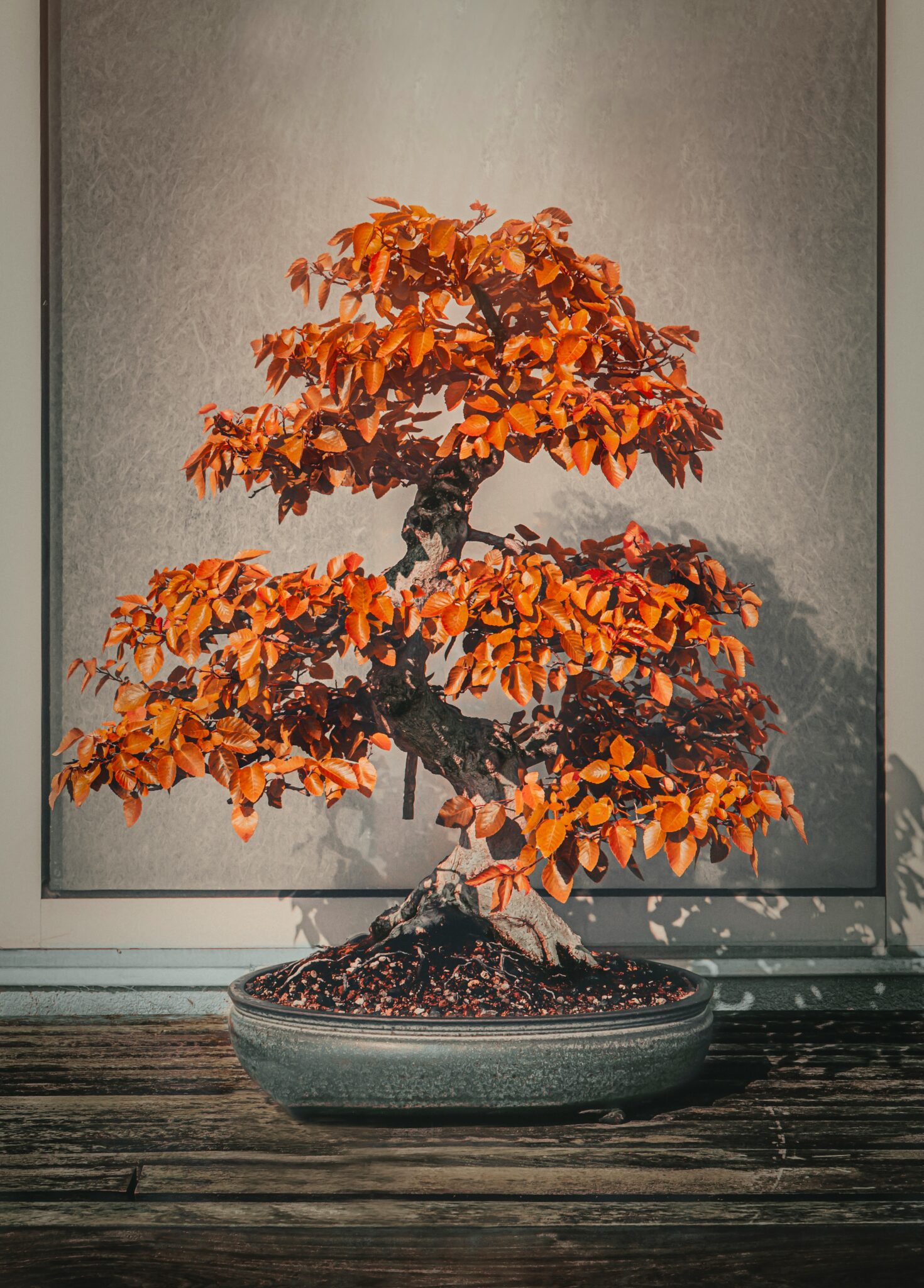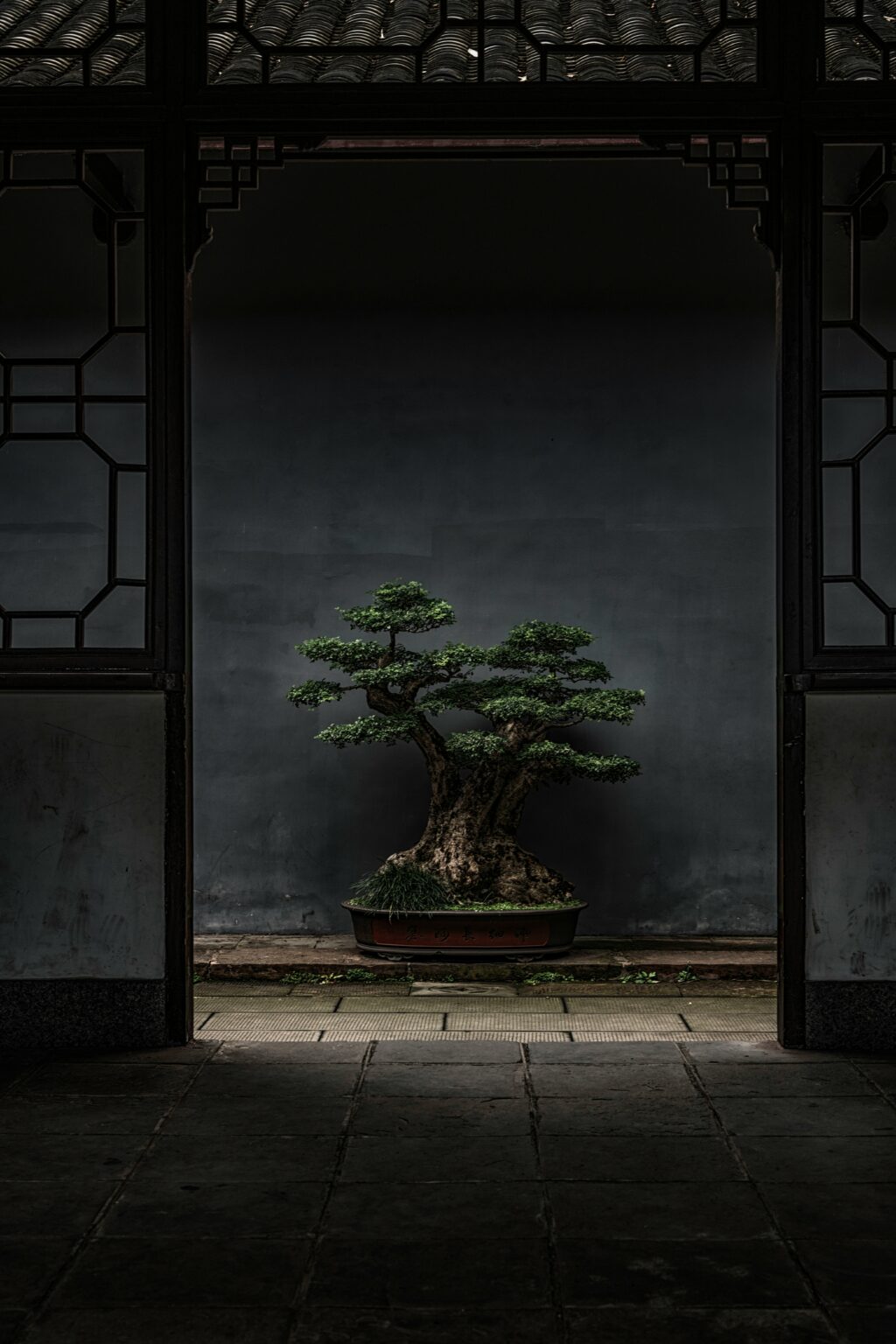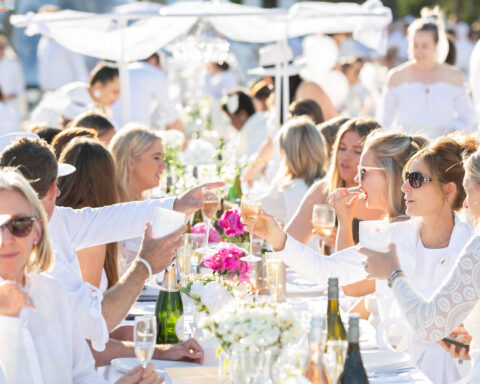More than a majestic tree, the bonsai is a horticultural art in its own right. Originally from China, this potted plant is intimately linked to the history of Japan and continues to fascinate today through craftsmen of excellence and artists who have integrated it into a multitude of landscapes.
By definition, bonsai is a beautifully crafted potted tree. Its etymology is also divided into two parts: good (thin dish or bowl) and saï (a planted tree). While many associate bonsai with Japan, its origins are indeed Chinese.

From China to Japan via the Paris World Expo
If the cultivation of potted trees began in Egypt around 2700-2000 BC, it is necessary to go back to the 3rd century BC to discover the beginnings of the art of Chinese bonsai through paintings and poems. During the Han Dynasty (206-220), the Chinese gave an aesthetic appearance to potted trees. At the time, we do not speak of bonsai but penjing. Other names will be given throughout the history of this art. The monks then begin to create small miniature landscapes. Associated with spiritual, philosophical and artistic concepts, these small trees reflect the ideal nature and are considered as symbols of longevity and wisdom.
After the expatriation of monks in their archipelago during the Heian era (794 – 1185), the Japanese were inspired by this art and contributed to its international popularity. Stimulated by the advent of Zen Buddhism in the land of the rising sun, the art of bonsai is combined with meditation and the values of religion. Once reserved for the nobility and religious, in the seventeenth century, bonsai culture begins to democratize during the Edo period. It takes its present form and becomes an art in its own right.

In the 19th century, bonsai spread outside of Japan, especially in Europe and the United States. In France, the bonsai is presented at the universal exhibitions of Paris to the tricolor public and international elites coming for the event. During the first half of the last century, the phenomenon is truly considered an art in the whole world.
Bonsai in all its forms
Despite what one might think, there are no specific species or genetically nanified plants related to bonsai. The most common trees are conifers (pines or junipers), deciduous (maples and oaks) and some tropical trees such as ficus. The “only” conditions? Provide sufficient light, moisture and fresh air, and follow regular pruning, watering and fertilization practices.
Today, bonsai benefits from a multitude of creative techniques and currents. Among them, the Chokkan, a straight style, the Fukinagashi, bent by the wind, or the Kengai, more cascading. Neagari, Neku, Sharimiki or Shakan are many other forms of bonsai.

Among the most beautiful and impressive bonsai trees listed by the Empire Bonsai site, we find an 800-year-old Japanese tree magnified by Master Kobayashi, a bonsai of Master Masahiko Kimura, a Japanese maple bonsai belonging to the European artist Walter Pall or the Goshin “protector of spirits” by John Naka.
Bonsai exhibitions around the world include the Tokyo International Bonsai Exhibition in Japan, the Chicago Bonsai Show in the USA, the Lyon Bonsai Festival in France and the European Bonsai Exhibition in Germany. Many parks dedicate spaces to this tree, such as the arboretum of La Vallée aux Loups in Châtenay-Malabry (Île-de-France) which opens its bonsai greenhouse in April.
Read also > The little story of… Disco
Featured photo : © Unsplash















